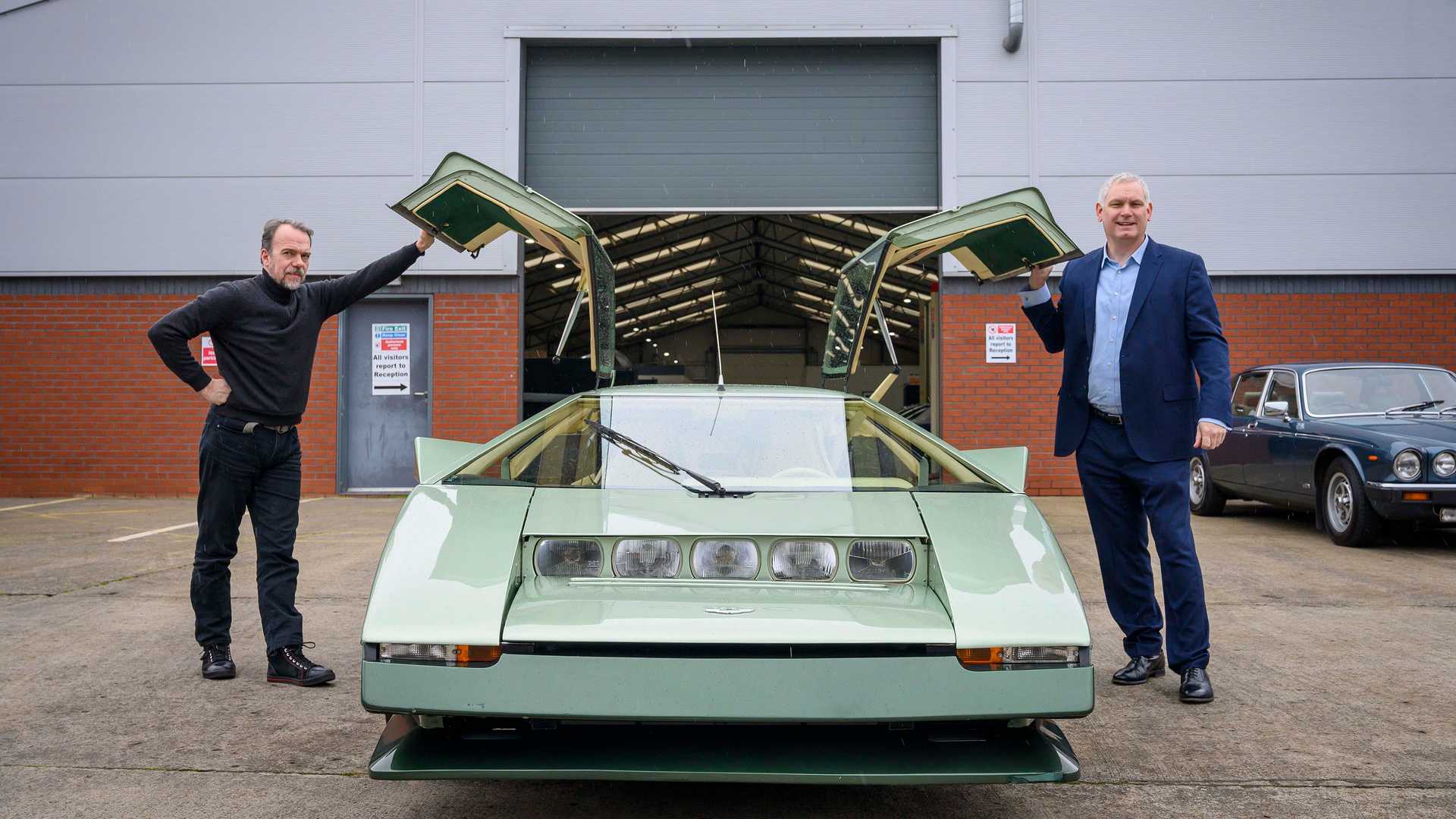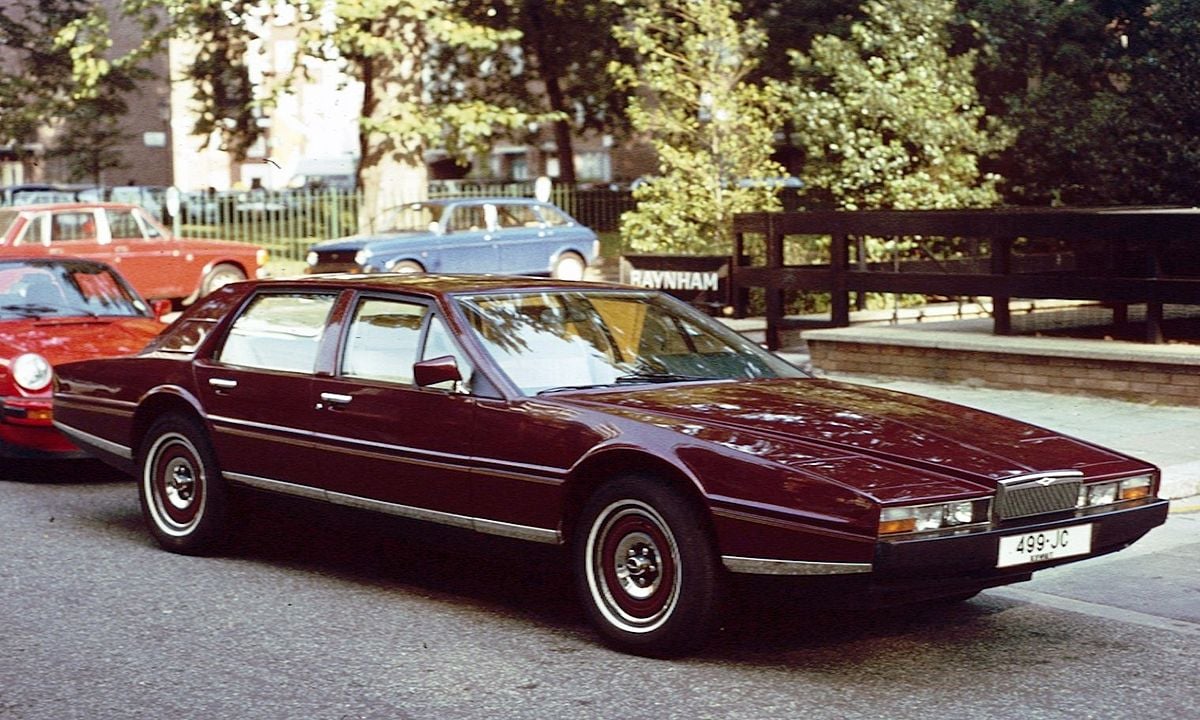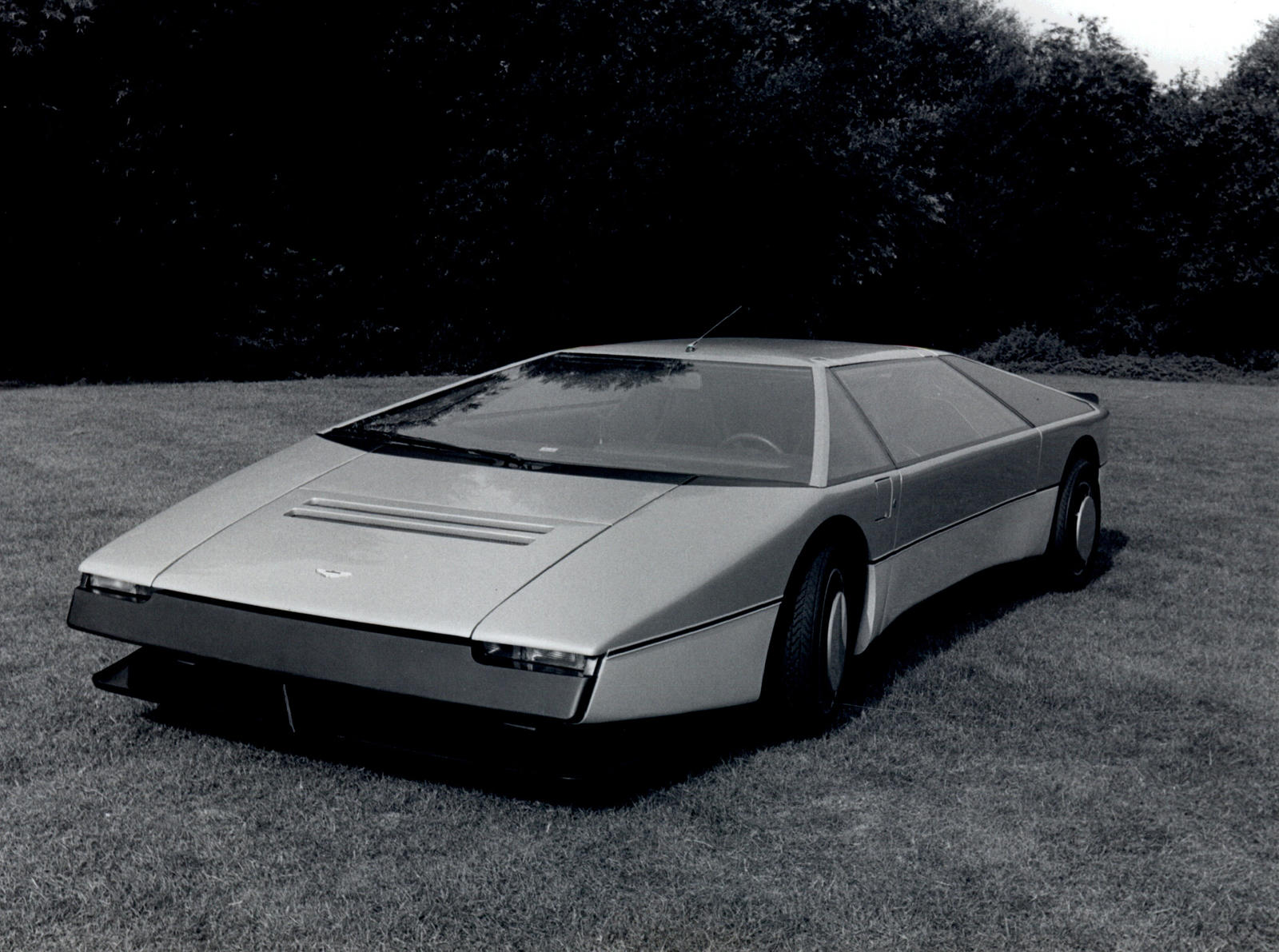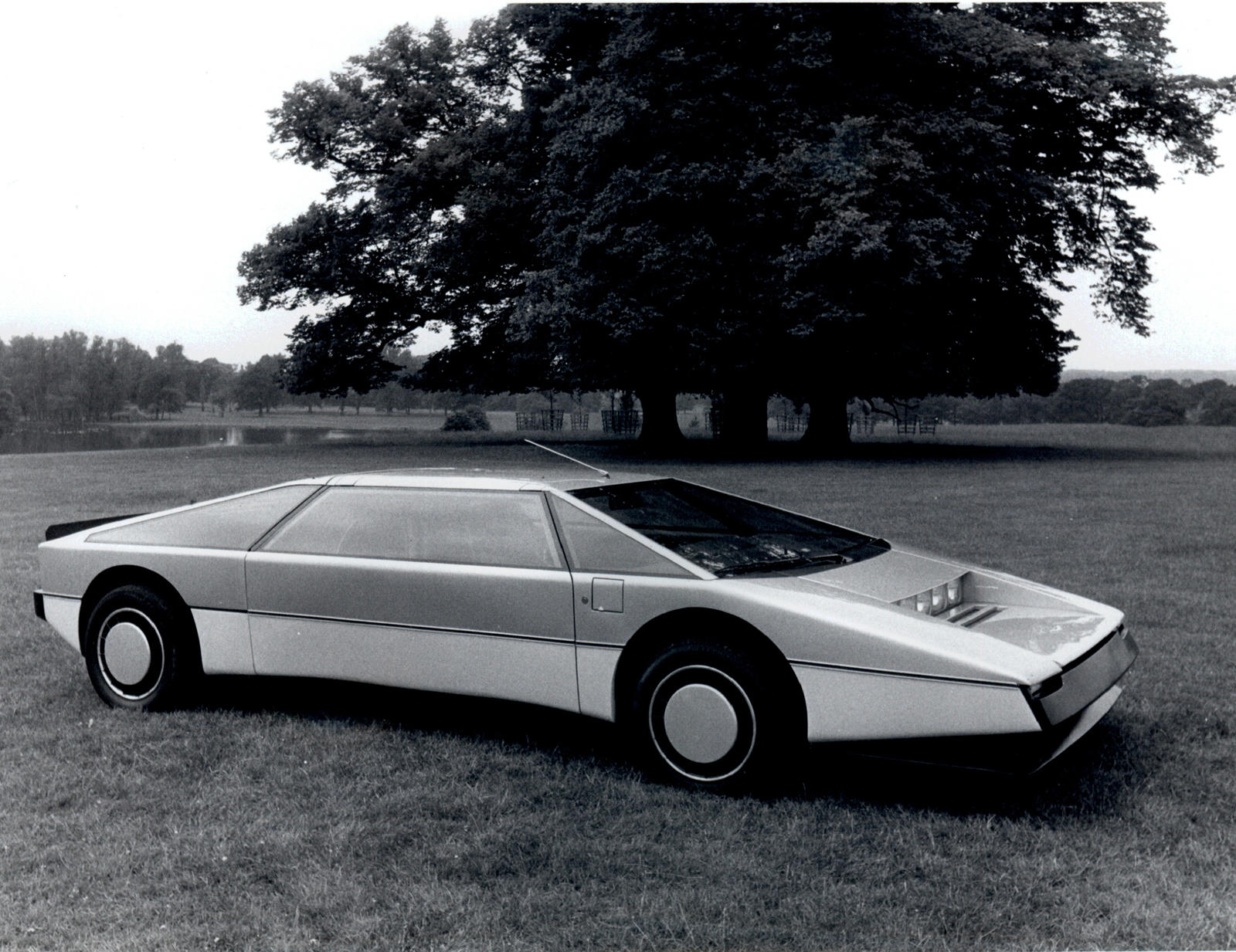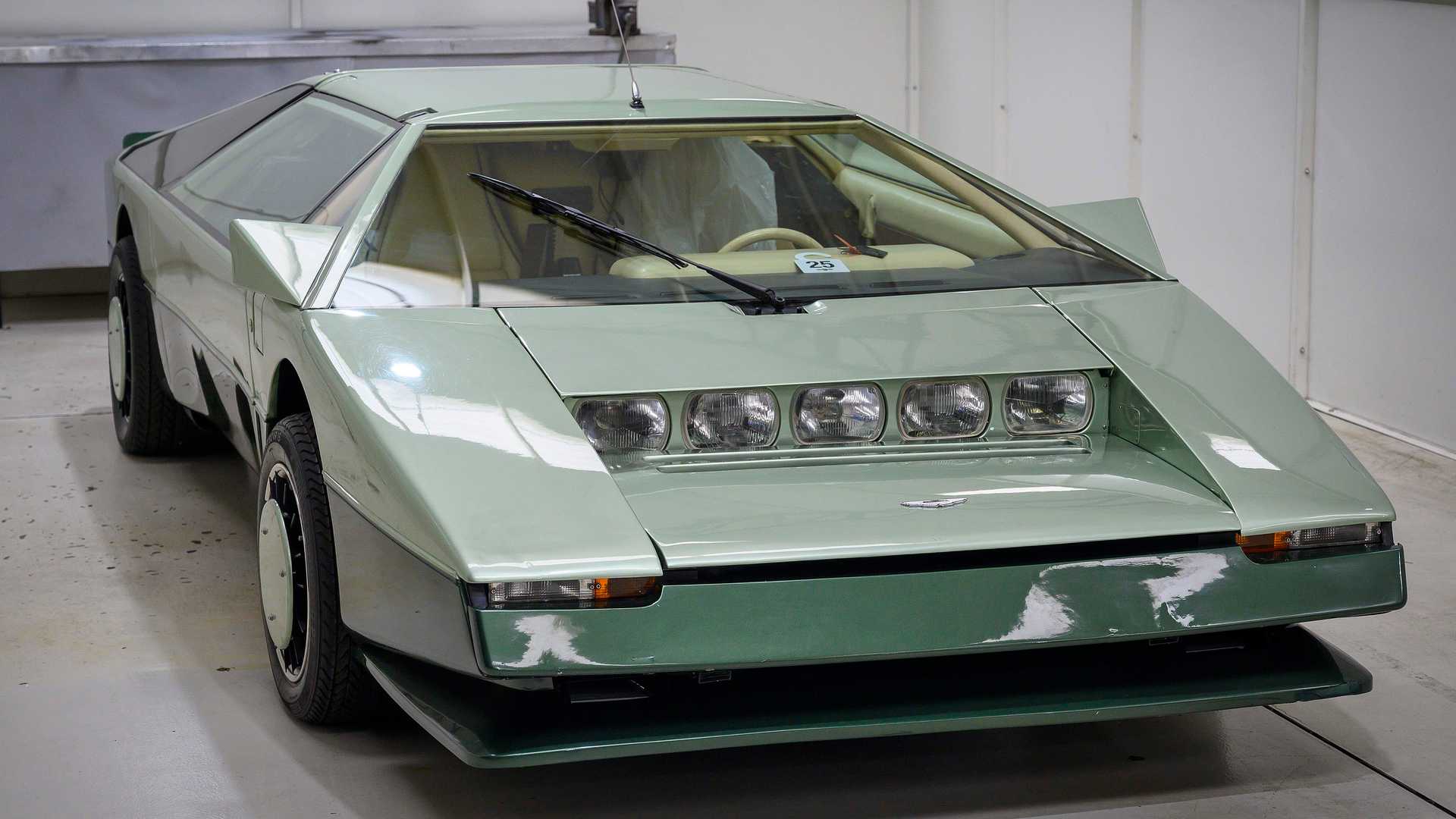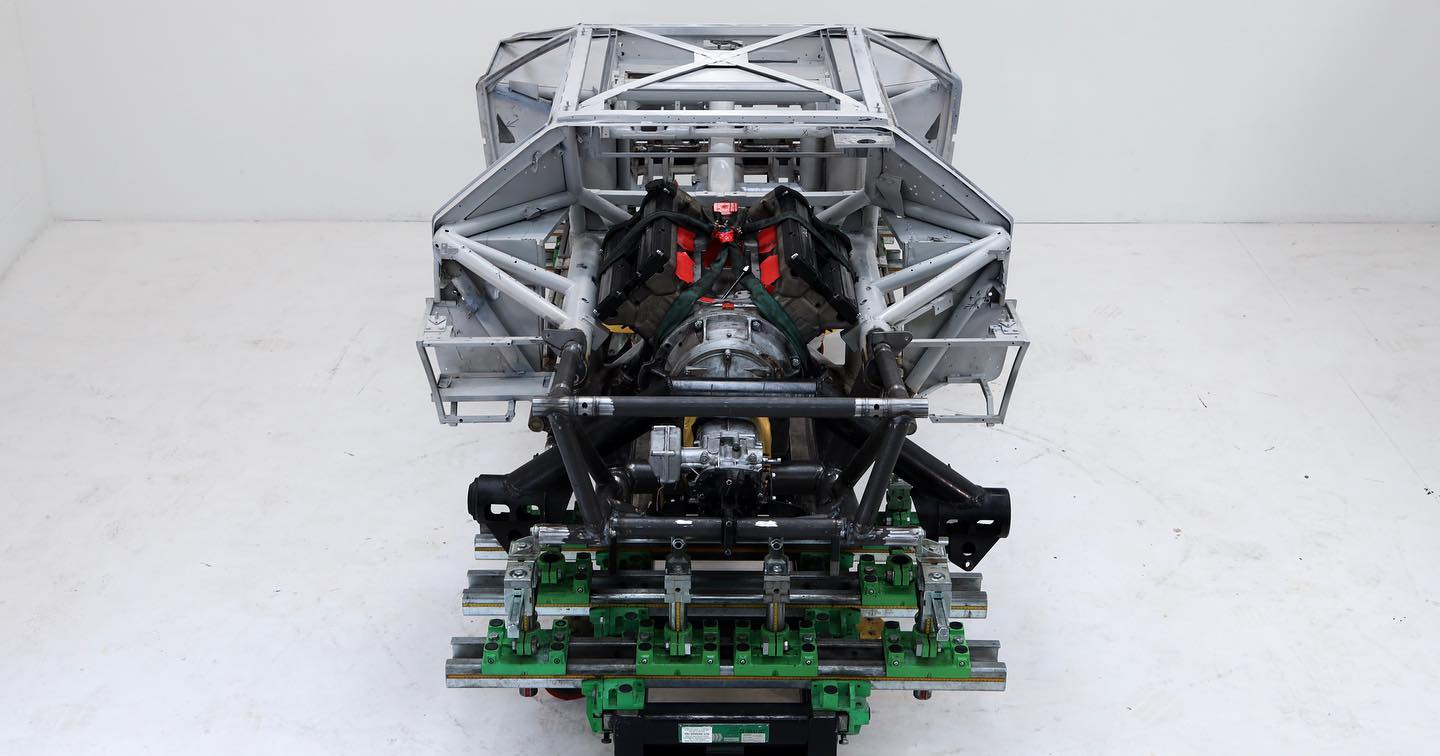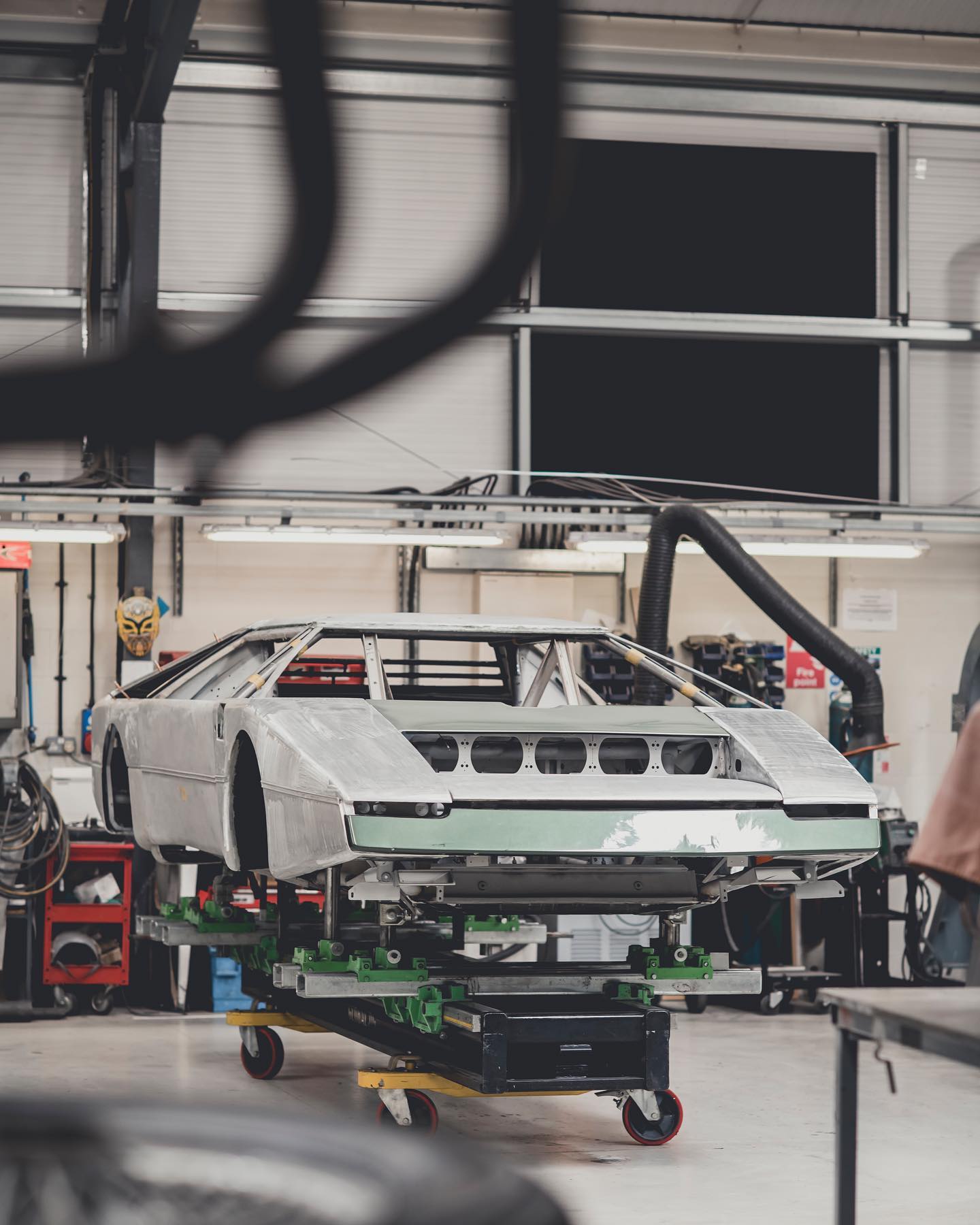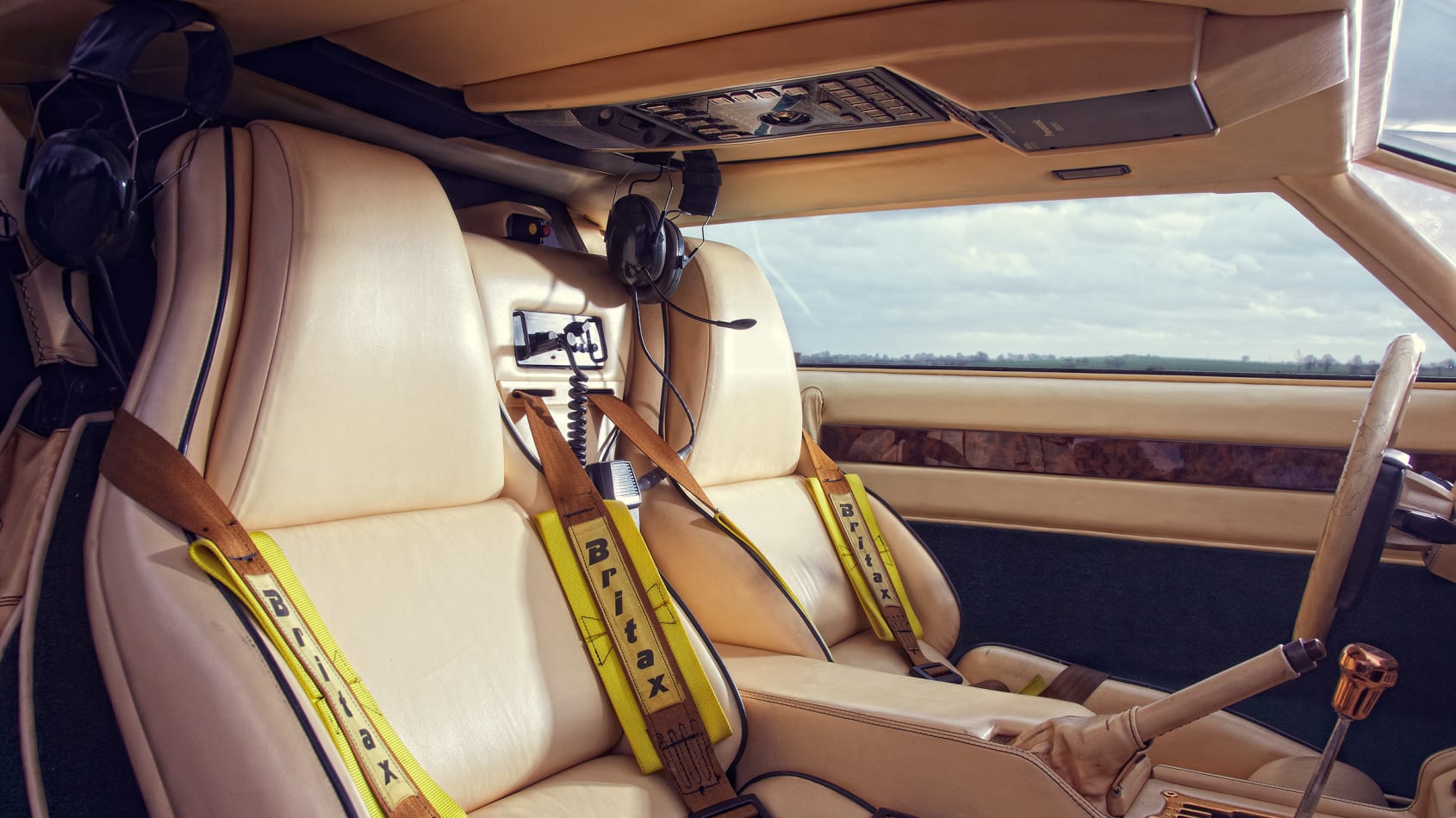The Incredible Story of The Aston Martin Bulldog
An icon of 1980s design is about to comeback to life

The automotive world is full of the most amazing stories on rare, or even one-off cars from yesteryear being lost for ages and finally recovered. Usually, this leads to a painstakingly complex and lengthy restoration before the car in question is toured around the world at prestigious events. One of the cars currently grabbing headlines in the world of classic cars is the Aston Martin Bulldog, a wedge-shaped concept from 1979/1980.
The seventies and early eighties were a time when angles replaced curves in terms of automotive design. Legendary cars like the Lamborghini Countach, Lancia Stratos, BMW M1 and the Lotus Esprit saw the light of day. In the area of concept cars, even more mental wedge-shaped creations were built during the seventies and eighties; the Ferrari Modulo, Maserati Boomerang, Citroën Karin or Lancia Stratos Zero are examples of extreme car design. Nothing was too daft to be made, with everything from triangular glass doors and full-glass canopies to space-age dashboards and weird seating positions.
Nevermind all that, today I want to focus on one of the most mysterious “wedges” from that era, a car that has been in storage around the world for most its life and is now undergoing an extensive restoration. That very car is the Aston Martin Bulldog. This unique concept car is a far cry from other Aston Martin creations, usually quite elegant in design and very recognisable as an AM. The Bulldog isn’t particularly attractive, to be honest, but then again this was a strange time in automotive design. There’s no denying that the car is very intriguing, to say the least. The bold design of the car is the predominant reason for this, although the technical aspect of the car was rather special too.
The only Aston Martin that might come close to the bonkers design of the Bulldog is perhaps the Aston Martin Lagonda Series 2, 3 and 4. The Lagonda was the brands first crack at a four-door luxury GT and from the series 2 onwards another prime example of wedge-shaped design. During its lifespan, from 1974 until 1990, Aston Martin built 645 Lagonda’s, making it quite an obscure car and admittedly an acquired taste at first sight. The Aston Martin Bulldog takes the wedge design philosophy to another level as it is far more radical than that of the Lagonda.
Originally, the Aston Martin Bulldog was painted in silver and grey and featured a dark brown and black leather interior. The wedge-shaped body had no mirrors, five headlights hidden behind a folding panel and massive gullwing doors that went down into the floor. The interior was also state of the art with touch sensors and LED’s, similar to the Lagonda. If you look at pictures, you might notice the left-hand drive interior which seems odd for a British car but this is reportedly done to stimulate interest from the US, an important market for sports- and supercars. Aston Martin lost this potential market due to not meeting ever stringent emission regulations only a few years earlier.
Only one Aston Martin Bulldog has ever been built but plans were made to put it in production in a limited run of 15 to 25 cars. It was built with the intent of breaking the 200mph barrier and on paper, it proved to easily do so. The car was fitted with a twin-turbo 5,3 litre V8 producing 700bhp during testing. Aston Martin claimed the car would be able to reach a top speed of 237mph (or 381kph) which would make it the fastest production car ever made. Shortly after the launch of the concept car Aston Martin’s new chairman, Victor Gauntlett (appointed in 1981) thought it would be too costly and scrapped it. After that, the project was sold off to recuperate some funds as Aston Martin had no intended use for it anymore. After that, the whereabouts of the car becomes a bit blurred, only to resurface again somewhere in the 2000s.
The Aston Martin Bulldog now has a light and dark green paint job and a light tan leather interior with gold trim. One of its previous owners also installed rear-view mirrors and a camera to compensate the frankly zero visibility out the rear window.
Former Aston Martin boss Victor Gauntlett’s son, Richard Gauntlett, tracked down the whereabouts of the Bulldog and found it in the Middle East. It was stored in storage units for most its life and after resurfacing has been sold to an American collector. It now is in the process of a nut-and-bolt restoration which will take up to 18 months, possibly more due to the car’s unique features. During its life the car has also had some changes to the engine, losing the original fuel injection in favour of four Weber carburettors. The reason this car is grabbing headlines in the world of classic motoring is not so much the story of it and the fact it’s being restored, but when completed the car will be tested to try and break the 200mph barrier it was originally built to break.
Now, while on paper the car would top the 200-miles-per-hour mark quite easily this was never achieved. Aston Martin reached 192mph on the MIRA test track in 1980 but it was never to be tested again. The restoration will see the car return to its original spec and design with new technology and materials were needed to improve its reliability. Richard is acting on behalf of the owner as a project manager in partnership with Classic Motor Cars, a UK based firm specialising in complete restorations for classic cars.
This story is written with articles by Autoblog.com, CarBuzz and DriveTribe as sources. The restoration details can be found on Classic Motor Cars. Images by evo.co.uk.

